Understanding Windcode Garage Doors: Are They Worth the Investment in 2025?
Table of Contents
Hello, I’m Alex from GarageDoorGrade.com. With decades steeped in the garage door industry, from turning wrenches as a mechanical engineer to crunching market data, my mission is simple: equip you, the American homeowner, with the knowledge to make the absolute best decisions for your home’s safety, durability, and value. Today, for instance, we’re tackling a critical topic for millions living in wind-prone regions: windcode garage doors. Are they merely an extra expense, or are they a non-negotiable investment?
Consider this stark reality: during powerful storms, the garage door is often the largest and weakest opening on your home. If it fails, undoubtedly, the consequences can be catastrophic. Internal pressure can rapidly build, seeking an escape route, which can then blow out walls and lift the roof. This isn’t just theoretical; in fact, it’s a documented pattern of destruction in hurricane-force winds. Learn more about wind hazards from FEMA. This is precisely why building codes in many areas now mandate reinforced doors, commonly known as windcode garage doors.
However, understanding what «windcode» actually means, navigating the different ratings, and determining if the added cost delivers tangible value can be confusing. You’re doing your research; therefore, you want facts, not sales pitches. That’s where GarageDoorGrade comes in. In short, we’ll cut through the noise, analyze the engineering, and help you decide if windcode garage doors are a necessary part of securing your home’s future.
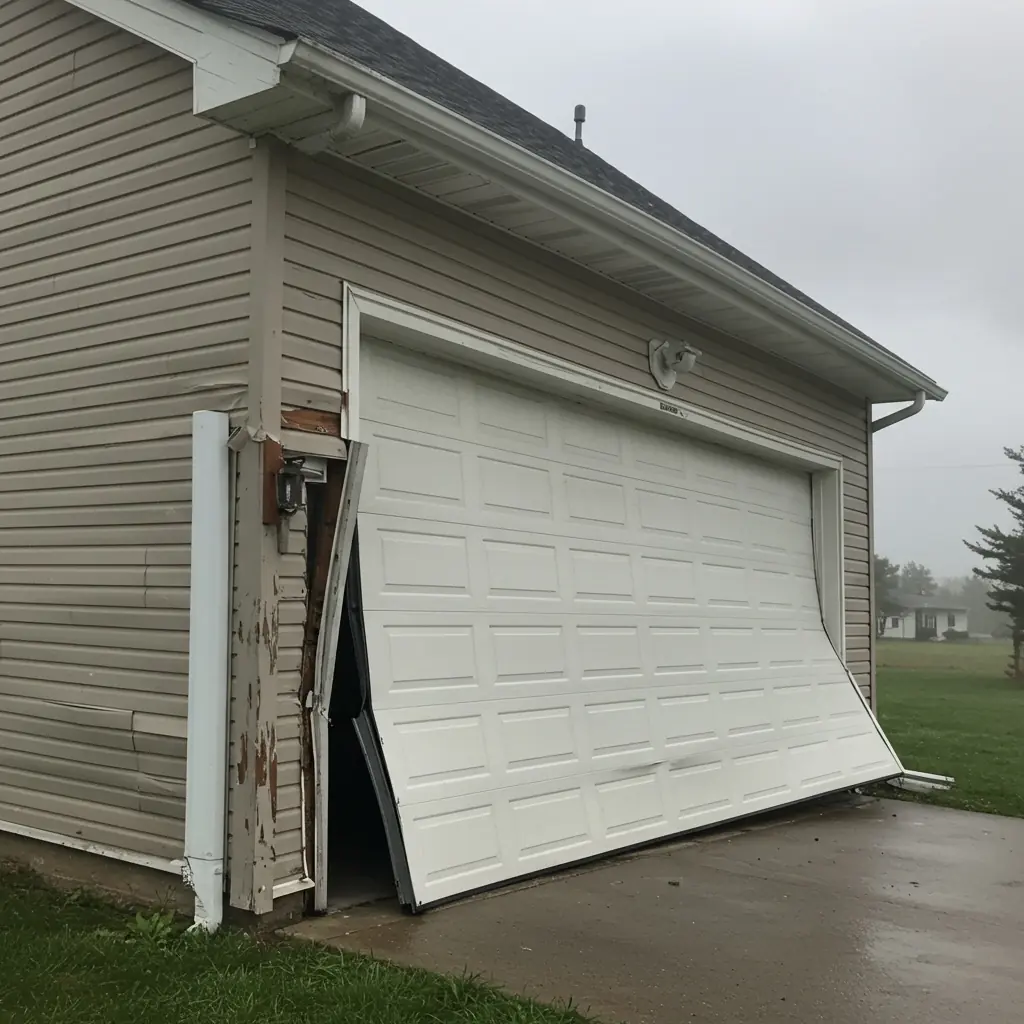
What Defines a Windcode Garage Door?
When assessing garage doors, especially those engineered to withstand severe weather, we apply our rigorous GarageGrade™ scoring system. This isn’t just about aesthetics; rather, it’s a deep dive into structural integrity, component quality, and overall value. For windcode garage doors, the primary driver of their score is, naturally, their certified wind resistance.
Let’s dissect what makes a garage door a «windcode» door. Indeed, it’s not just a label; it signifies compliance with specific building codes designed to protect against high winds. These codes vary by region but all mandate testing and certification. The key elements that differentiate windcode doors from standard doors include:
- Reinforced Track Systems: To begin with, thicker gauge steel tracks and enhanced fastening are essential.
- Heavy-Duty Hardware: Additionally, hinges, rollers, and brackets are made from stronger materials.
- Horizontal Reinforcement (Struts): This is perhaps the most visible difference, as steel struts significantly increase the panel’s resistance to bending.
- Upgraded Springs & Cables: Furthermore, due to the added weight, the spring system must be appropriately sized for proper balance.
- Impact Resistance: Finally, in many areas, these doors must also be rated for impact resistance against windborne debris.
Understanding Windcode Garage Door Ratings & Key Features
Decoding Design Pressure (DP) and Impact Ratings
Navigating the specifications for windcode garage doors involves understanding their ratings. For instance, the most common is the Design Pressure (DP) rating, where a higher number indicates greater resistance to wind pressure. A door might be rated DP+35/-40, meaning it can withstand 35 psf inward pressure and 40 psf outward pressure.
Moreover, impact resistance is another crucial rating in many coastal zones. This is tested by firing standardized projectiles at the door. Therefore, you must ensure the door you consider meets the *specific* requirements for your local building code.
Key Factors for Comparison
When comparing different windcode garage doors, beyond the certified ratings, consider the following:
- Material & Construction: Steel is common due to its strength. The gauge of the steel matters—lower gauge means thicker steel.
- Type of Reinforcement: While external struts are common, some manufacturers integrate reinforcement internally for a cleaner look.
- Insulation: Many windcode doors are also insulated, which serves a dual purpose: energy efficiency and added panel rigidity.
- Hardware Quality: Also, don’t overlook the details. The quality of track brackets, hinges, and rollers is critical.
- Manufacturer Reputation: Lastly, choose a manufacturer with a proven track record for producing certified doors.

Top Windcode Models for 2025: A Comparison
Below is a comparison of three leading models available in 2025 that exemplify high-quality windcode garage doors. Remember that exact specifications and availability can vary, so you should always get local quotes.
| Model | Key Feature | GarageGrade™ Score | Pros | Cons | Estimated Price (Door Only) |
|---|---|---|---|---|---|
| Clopay Impact-Rated 4300 | Heavy-Duty Steel, Impact Rated | 9.1/10 | Excellent DP rating options, Large Missile Impact certified, durable 3-layer construction. | Can be heavier than some alternatives, requires professional installation. | $$$ |
| Amarr 2732 (Impact Options) | Reinforced Steel, High DP Options | 8.9/10 | Strong steel construction, good value for the level of protection, available with insulation. | Requires visible external strutting on some configurations. | $$ |
| Wayne Dalton 8300 (Wind Load) | Polyurethane Insulation, Strong Panels | 9.0/10 | Highly durable and rigid panels, excellent energy efficiency alongside wind resistance. | Premium price point, can be heavier. | $$$ |
Windcode Garage Door Installation & Everyday Benefits
Why Professional Installation is Non-Negotiable
Installing windcode garage doors is significantly more complex than installing a standard door. Specifically, the added weight, the critical nature of fastening systems, and the specific requirements of wind code compliance demand expertise. Professionals understand the required framing, the method for installing reinforcement, and how to correctly size the spring system.
Attempting to install windcode garage doors yourself without extensive experience is not only likely to result in a door that fails to meet code but is also incredibly dangerous. Therefore, always defer to a qualified technician for this type of installation.

Beyond the Storm: Everyday Advantages
While their primary purpose is storm protection, windcode doors offer several everyday advantages that add to their investment value:
- Increased Durability: In short, the heavy-duty components mean they are built tougher and resist minor impacts.
- Enhanced Security: The increased rigidity and stronger hardware make these doors significantly harder to force open.
- Potential for Better Insulation: As mentioned, many are insulated, which can lead to lower energy bills.
- Noise Reduction: Furthermore, the denser construction helps dampen outside noise.
- Insurance Benefits: Finally, many insurers offer discounts for homes equipped with certified windcode doors.
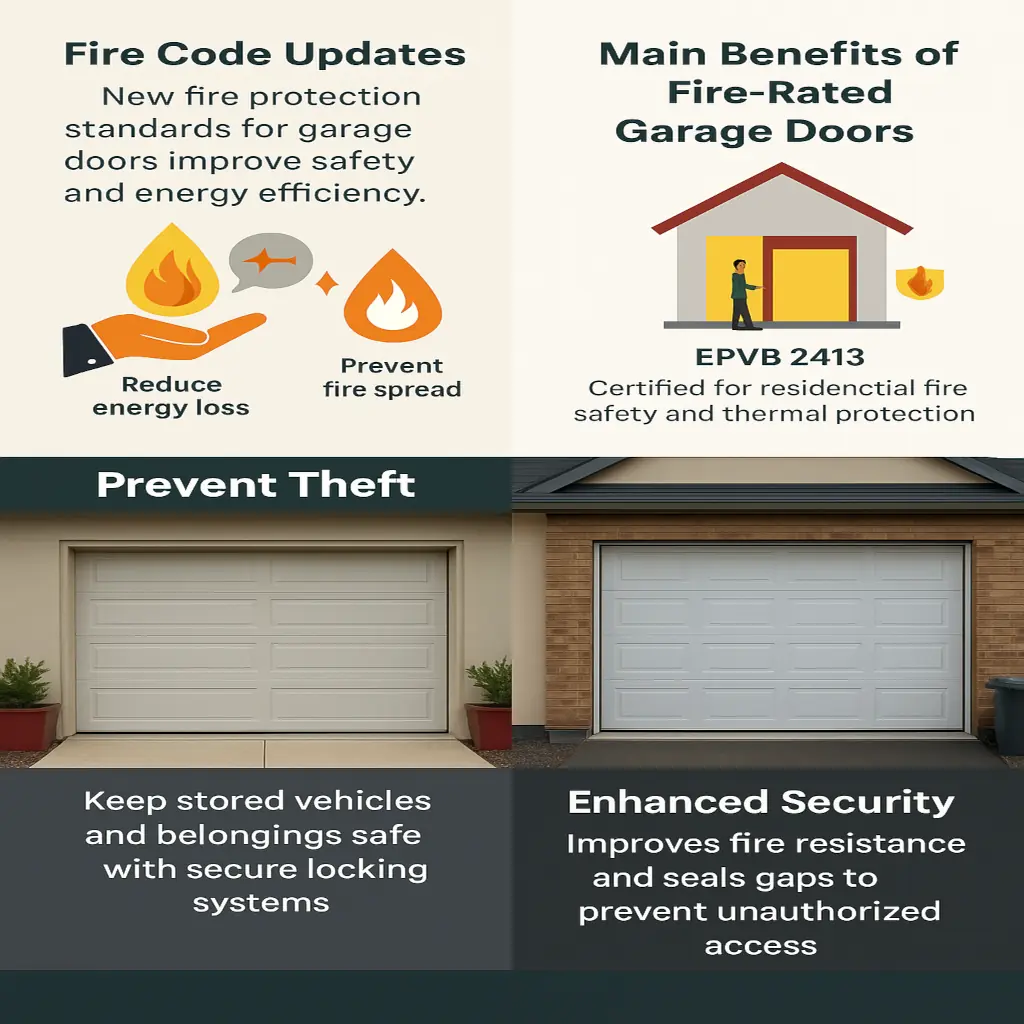
Windcode Garage Doors: Financial Decisions & Long-Term Care
Are Windcode Garage Doors Truly Worth the Cost?
Let’s talk dollars and cents. Undeniably, windcode doors cost more than standard doors, sometimes 50% to 200% more. However, the «worth» isn’t just about the purchase price; it’s an equation balancing cost against potential losses. In areas prone to hurricanes, the potential loss averted is immense. The cost of rebuilding a home that suffers a catastrophic failure can be hundreds of thousands of dollars.
Think of the investment in windcode garage doors as a form of insurance—not just financial, but physical. It’s a proactive measure to protect your largest asset. When you factor in potential insurance premium reductions and the everyday benefits, the long-term value proposition becomes much clearer.
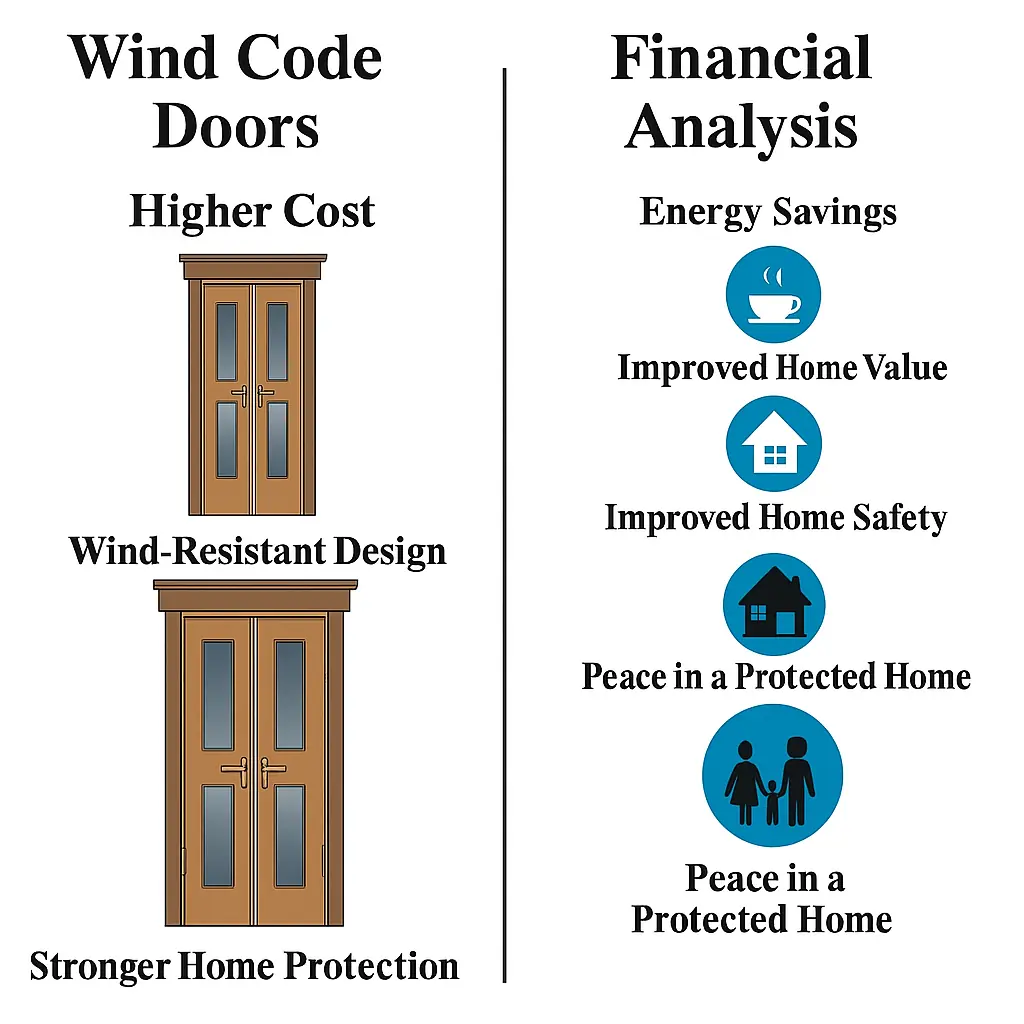
Maintaining Your Investment
Like any complex mechanical system, your windcode door requires regular maintenance to ensure it remains ready to perform. This includes lubrication of moving parts, inspecting cables for wear, and checking fasteners for tightness. Because the components are heavier, proper maintenance is even more vital. While some basic checks can be done by the homeowner, complex tasks like spring adjustment should always be left to professionals. Find more garage door maintenance tips here.
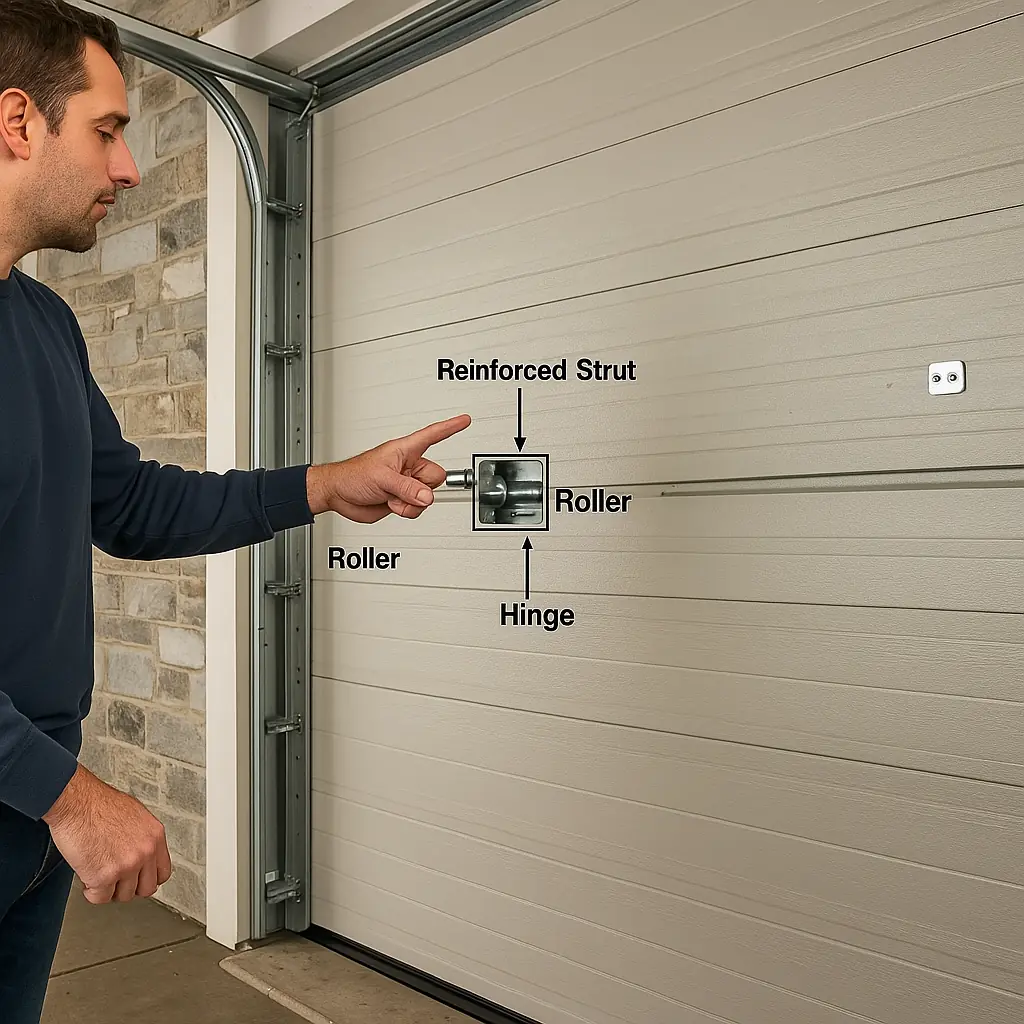
Windcode Garage Door Certification & Final Thoughts
Simply buying a door marketed as «heavy-duty» is not enough. True windcode garage doors come with documentation certifying their DP rating and impact resistance. This documentation is often required by local building inspectors and insurance companies.
Moreover, ensure the door you purchase is specifically certified for the wind load requirements of your exact geographical location. Building codes are location-specific. Your installer should be knowledgeable about local codes and ensure the installation meets all requirements. This verification is part of the value a professional brings.
In conclusion, the question isn’t whether windcode doors are «worth» the investment in vulnerable areas. It’s whether you can afford *not* to invest in them. The added cost is a fraction of the potential devastation. They are a critical safety feature and a responsible investment in protecting your property and loved ones.
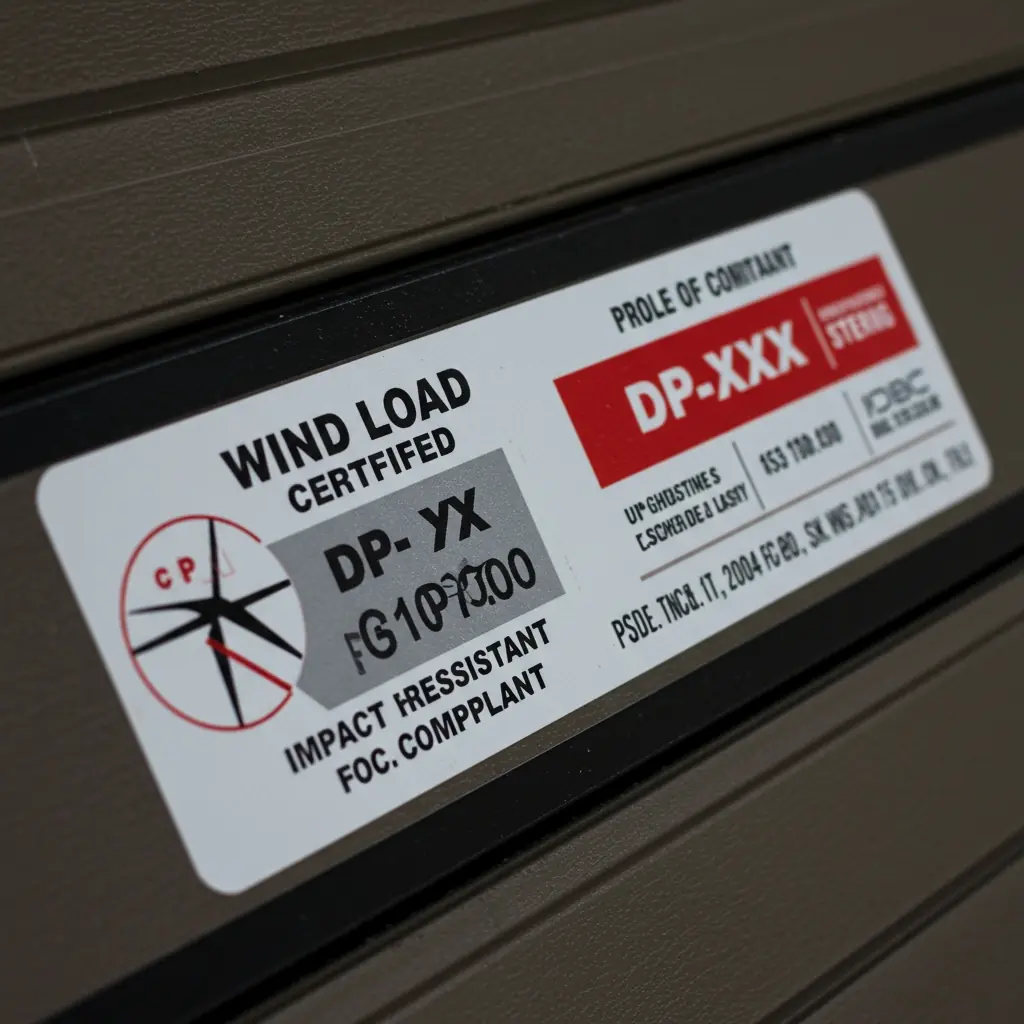
Conclusion: The Definitive Answer on Windcode Garage Doors
As we’ve dissected the engineering, analyzed the market, and weighed the costs against the benefits, the picture becomes remarkably clear. For homeowners in wind-prone areas, the investment in windcode garage doors is not merely «worth it»—it is often a necessary and prudent decision.
Ultimately, these doors, built with reinforced components, serve as a vital shield for your home. Their ability to maintain structural integrity during a storm can prevent catastrophic internal damage. Beyond storm protection, they offer enhanced security, durability, and often better energy efficiency, providing tangible value year-round. Paired with proper professional installation and routine maintenance, windcode garage doors deliver essential peace of mind.
At GarageDoorGrade.com, our commitment is to providing you with the most accurate, unbiased information. We stand by the data: for homes in vulnerable zones, windcode garage doors are a fundamental component of a resilient and safe structure. Use the insights gained here, consult local codes, and connect with qualified professionals to make the best choice for your home.